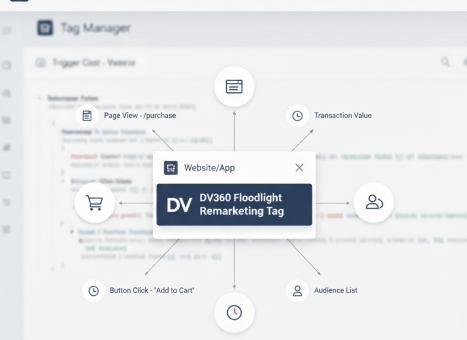We make decisions based on inputs. One of those inputs is data. In decision-making, we tend to account for potential analytics data quality issues (if we are aware of those). Instead of making data-driven decisions, we have to make ‘data-influenced’ decisions. But what happens when we are unaware of the faults in our data? We have seen marketing efforts being influenced by data, which happens to be grossly inaccurate. This leads to massive amounts of wasted budget.
If we add AI and Machine Learning into the mix, it’s really as basic as poor data in = poor data out. AI can only fill in gaps or identify potentially incorrect data when the majority of the data is accurate. Bad models are built around having data that doesn’t represent reality.
Causes of analytics data quality issues
Usually it’s data collection issues. If tags are not set up properly, the data becomes skewed from the point of collection. The most common reasons for this can be:
- No documentation – one person builds all integrations along with custom code, leaves the organisation, and someone else makes changes without a full understanding of how everything works. Errors get mixed in, and the result is data that is not representing reality.
- Human error – mistakes happen, and in the context of data collection, human errors can lead to misconfigured tags and, subsequently, bad data.
- Gaps in understanding of tag management systems – complexity of implementation builds quickly and small issues, can cause big errors with data quality.
- Incomplete coverage of all customer journeys – conversion paths on some websites / apps are complex and even internal teams may not be fully aware of them. This can lead to incomplete tagging implementations which lead to incomplete analytics data.
Our experience fixing data quality issues
TagDataTrust works with clients of various sizes from different industries. The vast majority have suffered issues with data quality. In some cases, it’s a minor data loss due to an old cookie. In other cases, it’s failure to capture data of all customers who add to cart and failed to check out. In the worst cases, we have seen numbers that were trusted by clients and the data was quadrupled, resulting in extreme failures in marketing spend decision making. These issues caused misallocation of budget and effort, missed opportunities and, eventually, loss of revenue.
Solutions
Given that data accuracy is of high importance, here is how you can explore your data and fix any outstanding issues:
- Conduct a thorough audit of your setup to identify discrepancies, redundant tags, and missing components. In some cases, it’s best to have an external team investigate the setup. A fresh pair of eyes can identify issues that were missed. TagDataTrust can help identify issues quickly with years of experience under our belt and a fresh perspective.
- Ensure the dataLayer is structured clearly and there are no issues further down the pipeline.
- Once the data accuracy confidence is high, you need to get firm governance in place to maintain that accuracy.
- Employ monitoring tools like ObservePoint to help identify tagging issues as soon as they appear.
TagDataTrust can support you every step of the way to get your tracking cleaned up and to ensure it stays that way.
Why work with TagDataTrust?
- We have identified and fixed data quality issues for numerous clients from a variety of industries.
- Our experienced spans a wide range of tools and platforms to get your data setup sorted from source to dashboard.
- Our clients’ needs are our priority and we ensure that our setup collects accurate data ready to be used in decision-making.
- We assisted largest financial institutions in getting their data collection set up and integrated monitoring tools to ensure issues are identified as soon as they appear.




